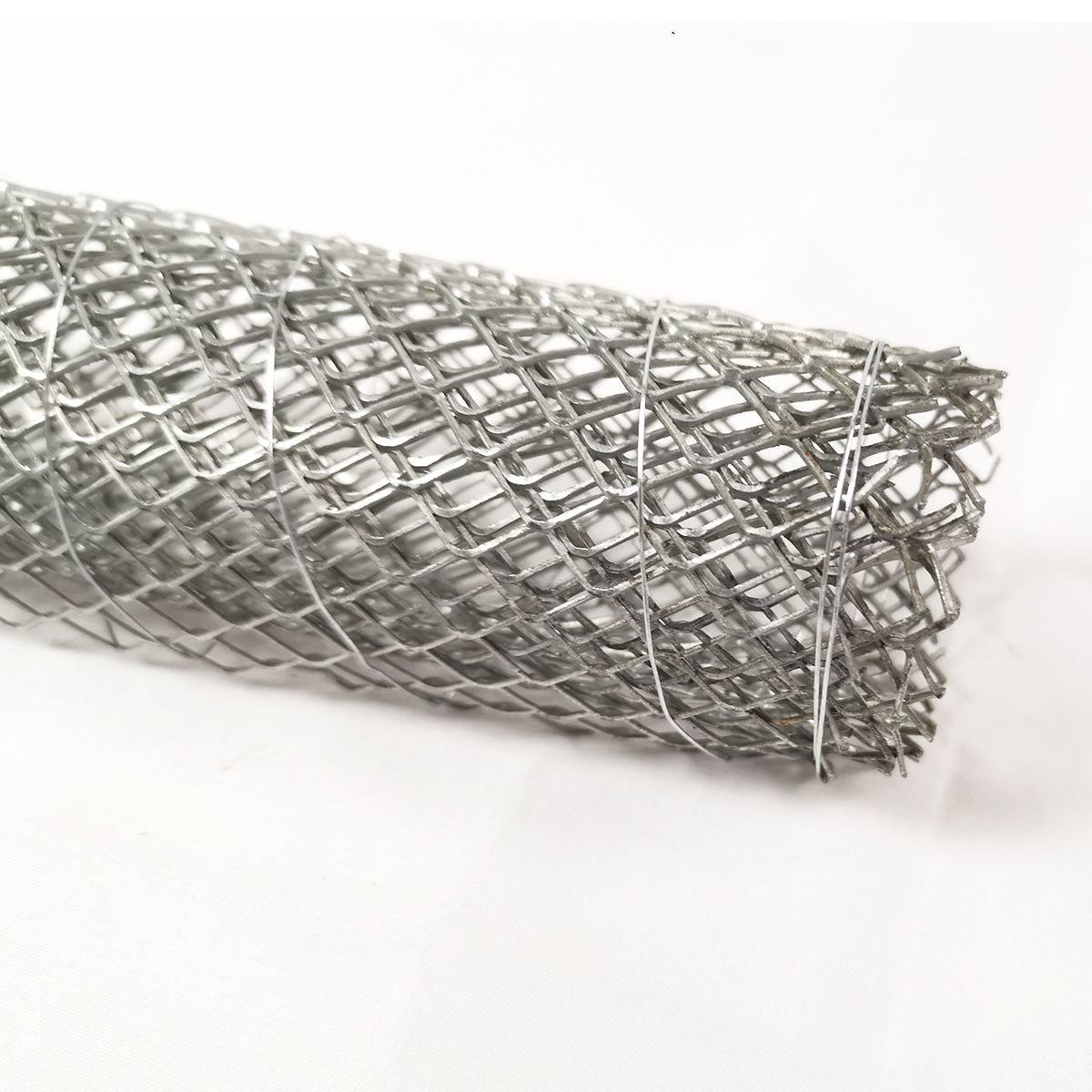roofing nails for underlayment
Nov . 21, 2024 07:57
Roofing Nails for Underlayment Choosing the Right Fasteners for Your Roof
When it comes to roofing, choosing the right materials is crucial for ensuring the longevity and durability of your roof. One of the often-overlooked aspects of roofing is the underlayment, which serves as a protective barrier beneath the shingles. Just as important as the underlayment itself are the roofing nails used to secure it. This article will explore the significance of roofing nails for underlayment, including the types available, their specifications, and best practices for installation.
Importance of Underlayment
Underlayment is a secondary water-resistant barrier that adds an extra layer of protection against moisture, wind, and ice damming. It is primarily used in steep-slope roofs and can be made from various materials, including felt paper, synthetic products, or rubberized asphalt. Regardless of the type, underlayment plays a fundamental role in maintaining a waterproofing system and extending the lifespan of the roof.
However, to fully utilize the benefits of underlayment, it is essential to use the correct type of roofing nails. The right fasteners not only ensure the underlayment stays securely in place but also contribute to the overall integrity of the roofing system.
Types of Roofing Nails
When selecting roofing nails for underlayment, it is crucial to consider the material and design of the nails. The most common types include
1. Galvanized Steel Nails These are coated with zinc to resist corrosion. They are the most popular choice due to their durability and strength.
2. Stainless Steel Nails Although more expensive, stainless steel nails offer superior resistance to rust and corrosion. They are ideal for coastal regions where saltwater can cause quicker deterioration.
3. Plastic Cap Nails These nails come with a plastic cap that helps to distribute the holding power over a larger area, reducing the risk of tearing the underlayment.
4. Copper Nails While less common, copper nails can be an excellent choice for specific applications, especially in areas that require high corrosion resistance.
Nail Specifications
roofing nails for underlayment

When choosing roofing nails for underlayment, there are a few specifications to keep in mind
- Length Nails should be long enough to penetrate through the underlayment and into the roof deck but not so long that they protrude excessively. Typically, 1-1/4 inches to 1-3/4 inches is appropriate, depending on the thickness of your underlayment and the substrate.
- Diameter A typical diameter is between 0.090 to 0.120 inches. A wider nail can provide better holding power.
- Head Type Flat-head nails are usually preferred for underlayment as they provide a wider bearing surface, reducing the chance of tearing.
Best Practices for Installation
To ensure optimal performance of your roof underlayment, follow these best practices during installation
1. Nail Spacing Space nails every 6 to 8 inches along the edges and every 12 to 18 inches in the field to prevent movement and ensure a tight seal.
2. Use a Hammer or Pneumatic Gun Consistent driving is vital. If using a pneumatic nail gun, ensure it is set to the correct depth to avoid overdriving.
3. Overlap Always overlap the rolls of underlayment to create a watertight seal and secure properly with roofing nails.
4. Inspect Regularly Before installing shingles, inspect the underlayment for any damage that might have occurred during nailing.
Choosing the right roofing nails for underlayment is essential for creating a durable and effective roofing system. By paying careful attention to the materials, specifications, and installation practices, you can significantly enhance the longevity and performance of your roof.









 Unity
Unity Creation
Creation Challenge
Challenge Contribution
Contribution










